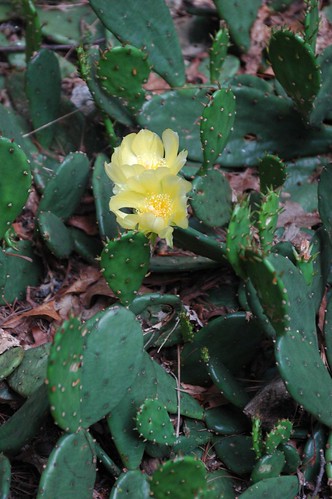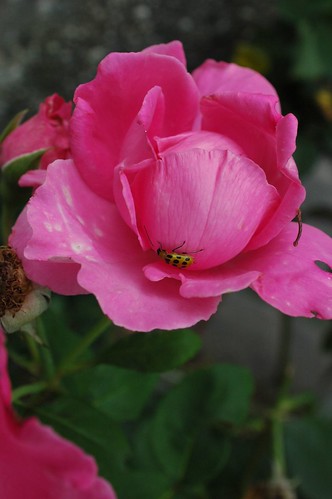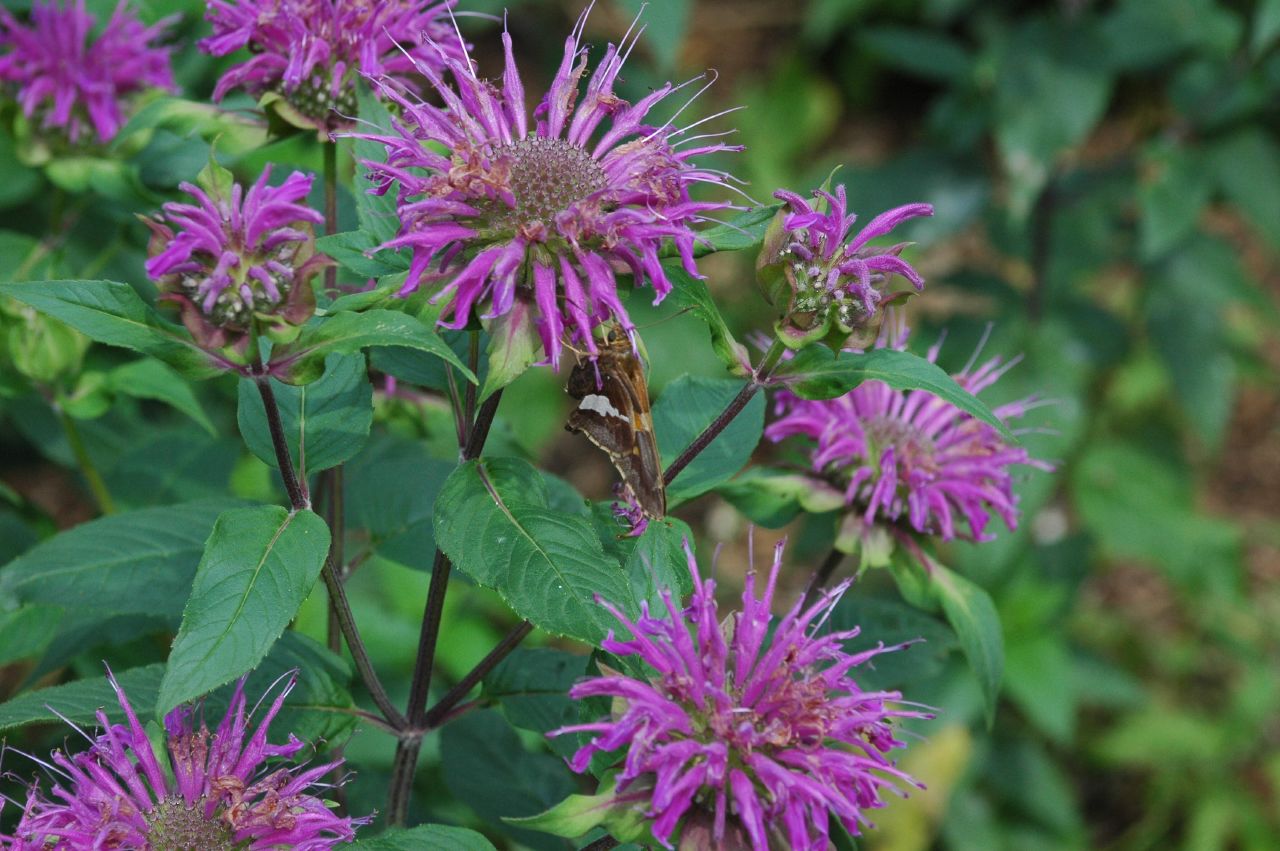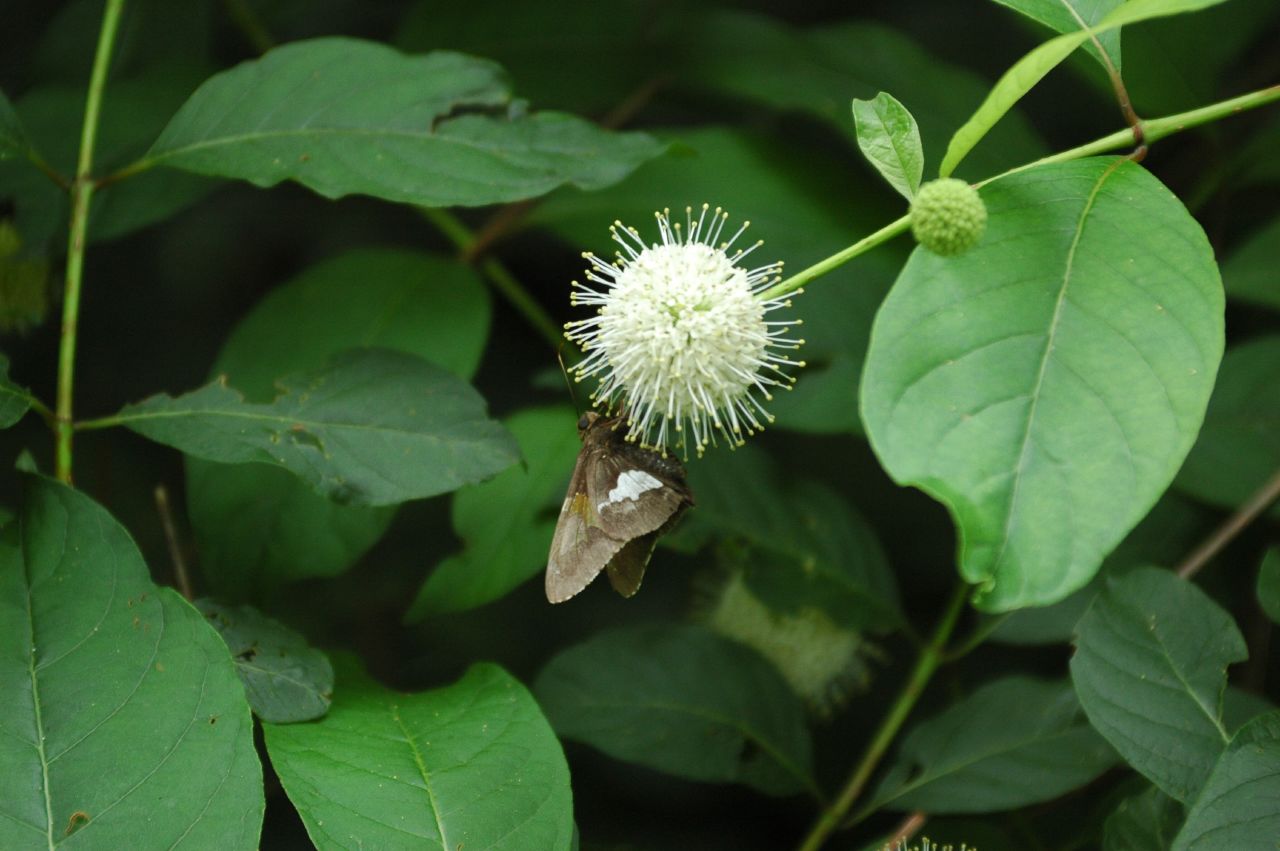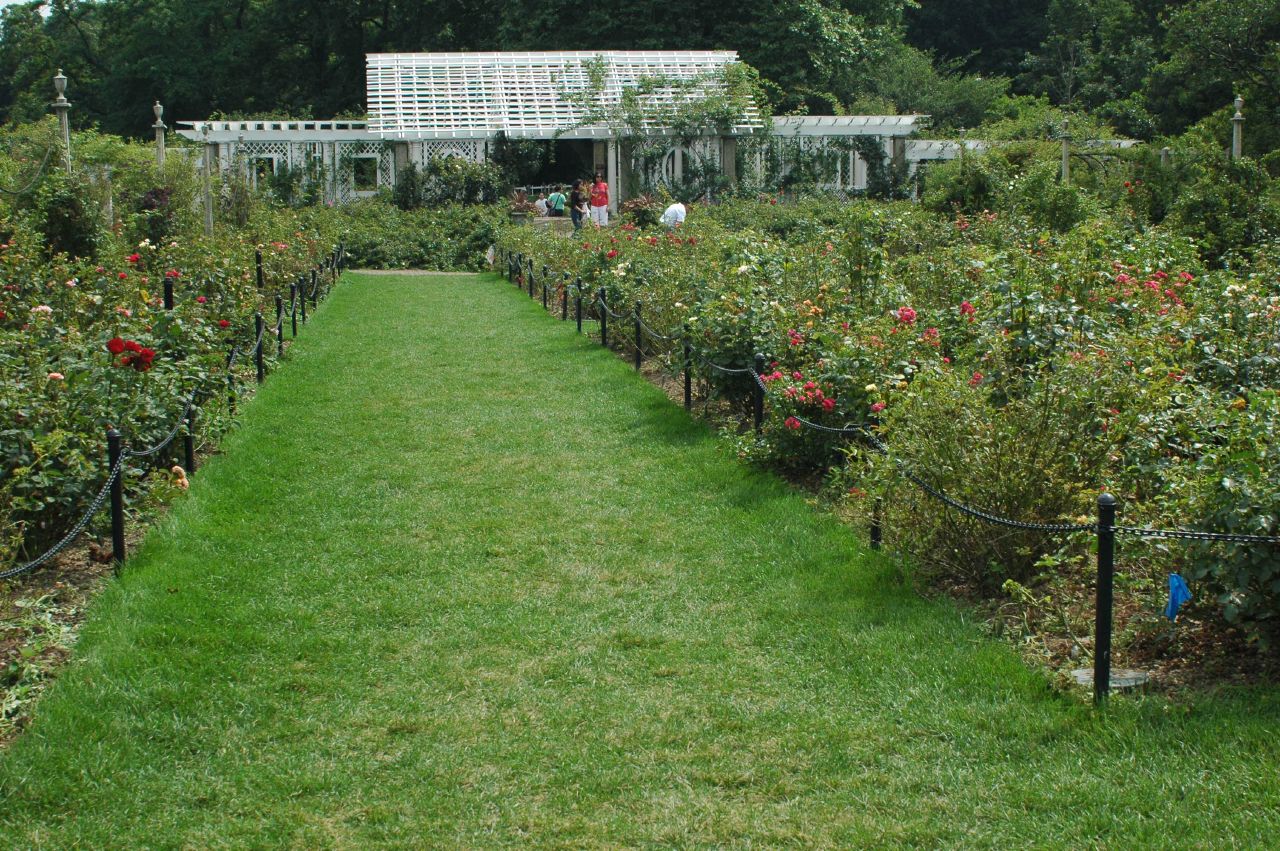
“Baby” and guests in the Bonsai House at the Brooklyn Botanic Garden on August 9, 2006.
Credit: Brooklyn Botanic Garden Titan Arum Webcam. Sampled approximately 11:40am EDT, 2006.08.09
Amorphophallus titanum, the Titan Arum, aka Corpse Flower, is within a week of peak bloom at the Brooklyn Botanic Garden. You can see “Baby”, as the plant is known at BBG, and its visitors, on BBG’s Webcam. They’ve emptied the bonsai greenhouse and dedicated it entirely to this plant while it’s blooming. Moving out all the bonsai is itself a big deal; some of the plants are hundreds of years old.
It’s a big baby. As of last night at 8pm, it was 63.5″ tall and 33.5″ around. The BBG Growth Chart page says this latter figure is the “diameter”, but from the pictures, that should be “circumference.”
BBG has opened special members-only hours this evening for visiting the gardens and viewing the plant. If all goes according to plan, if you watch the webcam between the hours of about 6-7pm EDT this evening, you may catch a glance of your host himself and partner admiring “Baby”. Check back late (EDT) tonight for my personal photos and descriptions of my first and possibly only ever close encounter with this flower.
Now, about the name. I have no problem with titanum: that’s the “Titan” or “big” part. And it is a big flower. It’s the largest unbranched inflorescence of any flowering plant in the world. Amorphophallus, on the other hand, translates to “phallus without form” … rather an oxymoron, I would say. Put it all together and you get:
Giant
Shapeless
Penis.
Eeeewwwww!


